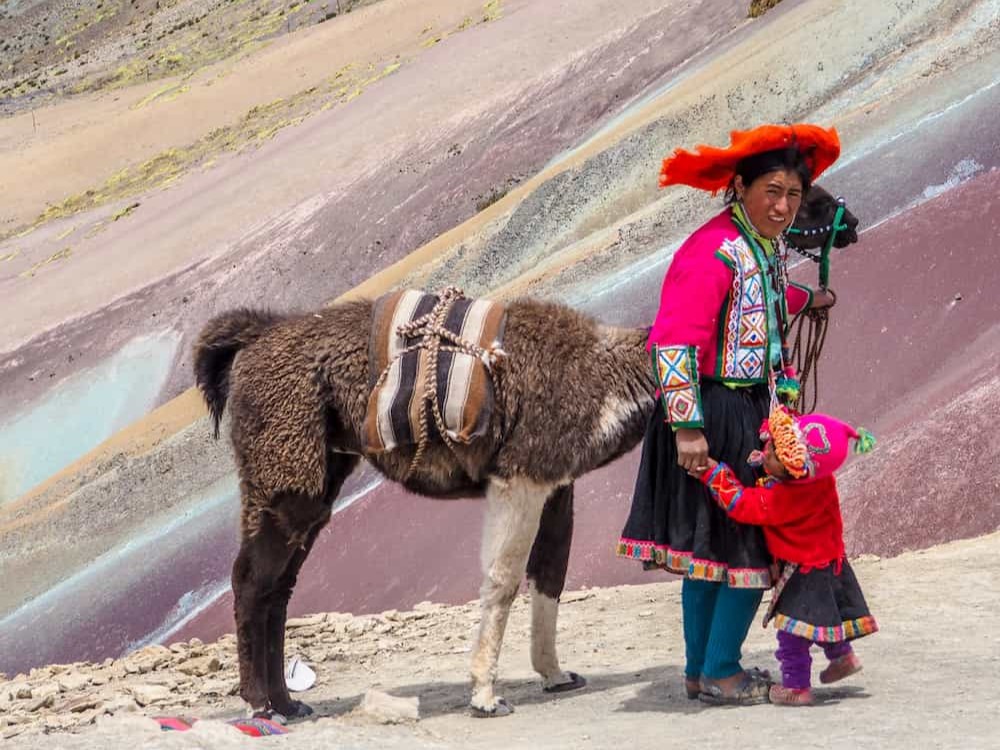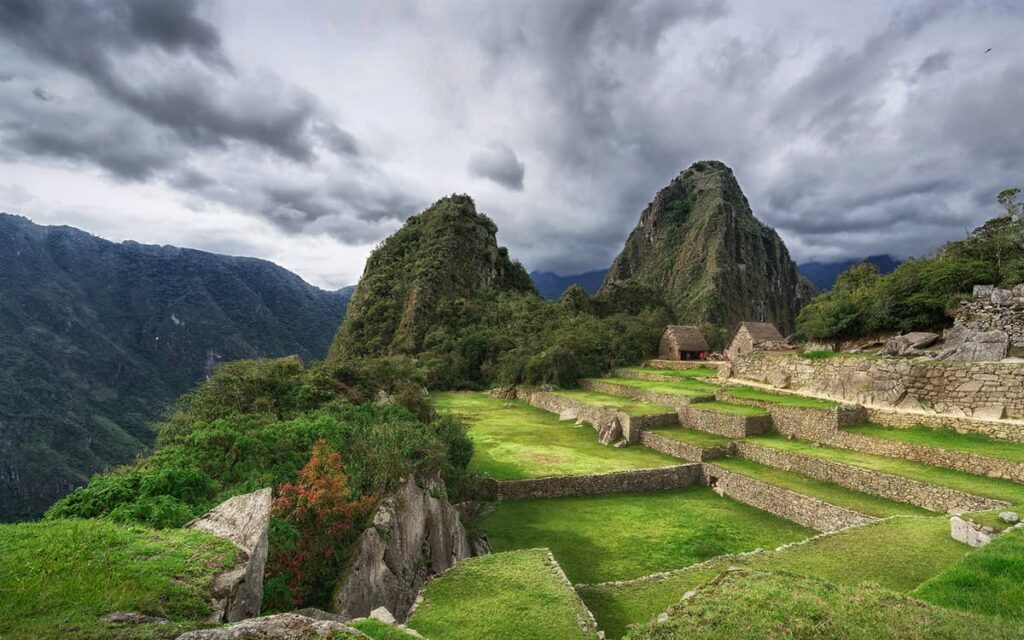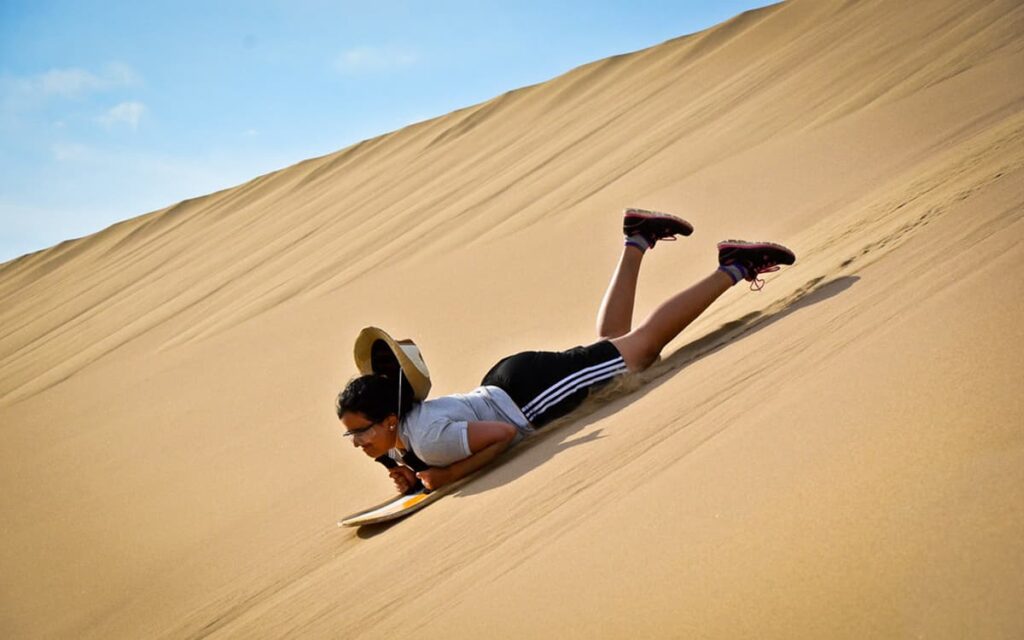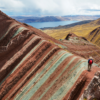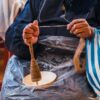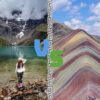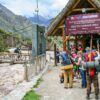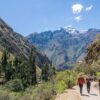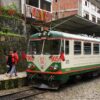Going through Cusco is like doing it through a large open-air museum and among its masterpieces is the Inca Temple of Coricancha, in which only the foundations remain and the Santo Domingo convent stands on them.
This place, whose name means Quechua Golden Temple, was the political and religious center of Tahuantinsuyo and the site where the Incas joined an Inti, the Sun god.
Coricancha Temple draws the attention of all tourists because it is a living example of the Hispanic imposition in Cusco and, in turn, of the impressive Inca architecture. The Inca Temple of the Sun is in the history.
Description
According to the Inca conception, the Inca Temple of the Sun was the religious center of Cusco, geographic and political center. The Coricancha Temple was the place where the highest Inca god the «Inti» (sun) paid homage. «Qori» means worked gold, its Castilian form is cori. «Kancha» means fenced place, bounded by walls. Hence, the name corresponds roughly to «fenced place containing gold.»
Where is?
The museum is located under the esplanade of the archaeological site of Coricancha. It can be reached by walking from the Plaza de Armas of Cusco following El Sol Avenue for a few blocks.
Its exact address is: Avenida El Sol 526, Cusco.
History
Coricancha during Inca times
There are different versions about who was the president who ordered the construction of Coricancha; While some assure that this building exists before the Incas and that they did a remodeling of the building, others affirm that it was the Inca Pachacutec who ordered the construction of the temple after his victory over the Chanchas in 1438.
Also, according to some historians, during the time of Manco Cápac this was a small temple called Inticancha, while with the arrival of Pachacútec the construction of its colossal size and was renamed Coricancha.
Like all Inca buildings, this Inca Temple of the Sun was built on a base of stones carved with great precision and fitted with others without any type of mortar. In addition to being impressive in size, these stones are striking due to the large number of angles they have: some of them have up to 30 patterns that perfectly connect with all those around them.
Because it was dedicated to the Sun gods, this building was totally reduced by the gold plates, which was made much more ostentatious. In addition, inside the temple they were represented in gold, silver and tumbaga. Some of the deities include elements of the fauna and flora of our country.
Before the arrival of the Spanish, the temple had a large number of rooms with different functions. Inside they only allow access to the most important personalities of the time, while the inhabitants of the entire Empire have come to this place in a cult of their gods that they did outside. In addition, in the gardens of the lower part of the temple the conquered tribes came to deliver their offerings.
Coricancha and the arrival of the Spanish
In the year 1533, Coricancha Temple suffered, like everything else, the country, the ambition of the Spanish conquerors, who are in the temple and the order of its great gold plates.
Juan Pizarro, brother of Francisco Pizarro, conqueror of Peru, received this temple and it was donated to the Dominicans. After taking away all the valuable elements and destroying the vast majority of the building, this religious order was built on its foundations in the Santo Domingo Convent.
Coricancha today
Today it is known in this Inca Temple of the Sun with the last name it received, the Santo Domingo Convent, and it is a great building of colonial architecture but still with the reminiscences in which the tourist can imagine its magnitude during the Tahuantinsuyo era.
It is one of the interests of the most important tourists in the city of Cusco and every day to visit hundreds of tourists who are totally surprised by the history of this place.
Inside, hanging on the colonial and Inca walls, find works of viceregal and contemporary art and in its passages, see some of the liturgical objects and vestments of the time.
Attractions
The description made by Garcilaso is in harmony with what is still standing today. Although this is only a pale reflection of what the Qorikancha actually was in Inca times.
Enclosure of the Sun
In this room there was a representation of the god Huiracocha and some Inca mummies. The enclosure was guarded by mamaconas or priestesses of the sun. This temple does not present any material in the joints of the stone blocks that make up its walls and there is no space between the blocks, as if they had been able to mold the stones at will.
Enclosure of the Stars
In this temple the stars, servants of the moon, daughters of the sun and the moon were worshiped. The Incas believed that the stars were placed in the sky in correspondence to all the animals on earth. In the middle part of the Temple of the Stars you can see a ceremonial niche where you can see works made in low relief and skeletal remains of auquénidos. This niche is directly related to the sunrise during the winter solstice.
Rainbow Enclosure
This temple is called the rainbow enclosure, as it was thought that it came from the sun. All the walls of the enclosure must have been completely covered with gold. According to the chroniclers, on a plate on the wall was the arch of heaven painted with its seven colors.
Sacrificial enclosure
Adjacent to the rainbow enclosure is a large space whose specific function has not yet been deciphered. In the middle of this enclosure there is a lithic element in the shape of a table, brought from the sacred garden. That is why this room is known as a place of sacrifice. In the lower part of the wall there are three well carved holes that served as drainage.
Ceremonial fountain
It is a fountain from colonial times worked by hand that served as an octagonal water tank with a quadrangular base. Some chroniclers affirm that it is of Inca origin and that chicha was poured into it, as an offering for the sun god (god Inti).
Lightning enclosure
This enclosure is also known as the temple of thunder or lightning. It is the last of the enclosures whose access has three doors. As its name indicates, it was destined for the cult of lightning (the Incas named it with the Quechua word ‘Illapa’). The worship of this god consisted of animal offerings and even, in times of drought, with human sacrifices of boys and girls (Capacocha ceremony).
Sacred Alley
This famous passage led to the most important site of the Coricancha where the god Inti (sun) was worshiped. It consists of two huge stone walls built with perfectly carved blocks. Among these stands out a rock with more than twenty-four angles. The alley has a length of approximately 10 meters. It is one of the venues most photographed by visitors.
Sacred Gardens
The gardens were decorated with the various species of Andean flora as well as multiple gold and silver works. One of the fountains of the ancient sacred garden can still be seen. During the sun festivities, the towns conquered by the Incas made a pilgrimage to the city of Cusco bringing different offerings that were stored in these gardens.
Coricancha: site museum
After the excavation works carried out in the archaeological site of Coricancha, the site museum was created with the objects found during the works. The museum consists of five rooms with different ceramic pieces, tools and even bone remains. The museum also displays information panels that explain the Inca lifestyle from its beginnings to its conquest.
Where is?
The museum is located under the esplanade of the archaeological site of Coricancha. It can be reached by walking from the Plaza de Armas of Cusco following El Sol Avenue for a few blocks.
Its exact address is: Avenida El Sol 526, Cusco.
How much is admission?
The entrance to the Coricancha site museum is included in the Cusco Tourist Ticket. The cost of this ticket is 70 Peruvian soles (22 US dollars) and also includes access to: Regional Historical Museum, Museum of Contemporary Art, Monument to Pachacutec, Museum of Popular Art, Qosqo Center for Native Art, Tipón Archaeological Park and Archaeological Park of Piquillacta.
What is the attention hour?
The museum is open from Monday to Sunday from 9 in the morning until 6 in the afternoon. The maximum length of stay is 1 hour. It also offers access to the Coricancha green area esplanade.
What objects does it display?
- Ceramic pieces.
- Ceremonial vessels (keros).
- Stone tools for warfare.
- Seashell ornaments.
- Royal mummies of the Incas.
- Inca textile mantles.
- Skulls
- Wooden tools for household use.
- Knitted alpaca wool ponchos.
Santo Domingo Convent in Cusco
The Santo Domingo Convent in Cusco is the oldest religious building in South America. It was founded on the walls of the famous Koricancha in the year 1540. When the Spaniards arrived in Cusco, Capital of the Inca Empire, the conquerors distributed the wealth, and the lots of the entire city as booty of conquest; playing the Koricancha to Francisco Pizarro’s brother, Captain Juan Pizarro, who later donated said lot to Fray Juan de Olias, a Dominican Missionary who came from the Dominican Province of Santa Cruz de Mexico, together with 12 friars who were in charge of building the convent of Santo Domingo, from where they went out to evangelize the towns of the high provinces of Cusco. Currently you can see in this convent, the wonderful Inca architecture, together with Spanish architecture, which constitutes a sample of our mestizo culture.
Location
The Santo Domingo Convent in Cusco is located next to the entrance door to the Coricancha Temple. You can get there walking from the Plaza de Armas of Cusco.
The exact address is: calle Ahuacpinta 659-A, Cusco.
It is open every day of the year from 6 in the morning to 8 at night.
History
After the sacking of the Coricancha Temple by the Spanish in the 16th century, as happened with all Inca temples, a religious order was in charge of the construction of a Catholic religious temple to replace the Inca gods with those of the West.
It was Juan Pizarro (brother of Francisco Pizarro) who ceded the Coricancha to the congregation of the Dominicans in 1534. They built the church on the ruins of the Inca site. The construction of the religious temple took approximately one hundred years.
The church of Santo Domingo in Cusco suffered severe damage after the earthquake of 1650. The same happened with the earthquake of 1950. The reconstructions took several years to take its current form in 3 naves with a dome and various ornaments of wood, gold and silver .
Despite all the earthquakes, the Inca site of Coricancha did not suffer any damage.
What to see
The baroque architecture of the exterior of the temple.
Canvases of the walls made by the ‘Cusco school’. They highlight ‘The life of San Vicente Ferrer’ and ‘The life of Santo Domingo de Guzmán’.
The Baroque Pulpit.
The tower of the stone church, a masterpiece of colonial stonework.
How to go?
Entrance to the church of Santo Domingo in Cusco is free during mass hours, which are: in the morning (7 a.m.) and at night (7 p.m.).
Outside of mass hours, an entrance ticket must be paid at the same door. The approximate cost is 15 Peruvian soles (5 US dollars).
At the entrance door there are tourist guides who offer a tour of the temple Santo Domingo in Cusco explaining every detail of the architecture, canvases and more.
Visiting Cusco is a real adventure whose protagonist will be yourself, instead of a memorable experience, that is why Cusco is definitely one of the most incredible cities with a great variety of archaeological centers and tours such as Sacred Valley, Camino Inca or Machu Picchu. To enjoy an unforgettable experience, contact Inka Trail Backpacker, a company that will better assist you during your visit, of course it is always with the necessary advice for you and yours as well as the guarantee, responsibility and security that characterizes us. If you visit the city of Cusco another impressive destinations that you can visit are the tour to rainbow mountain peru or the humantay lake tour from cusco, which only takes one day. But if you are gonna to stay more days in Cusco, other archaeological places you can know will be the choquequirao trek peru, the salkantay trek to machu picchu, and the classic inca trail 4 days 3 nights.

